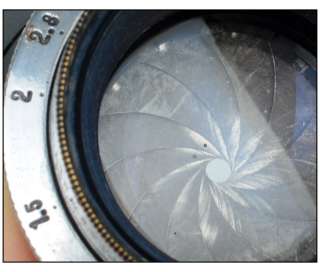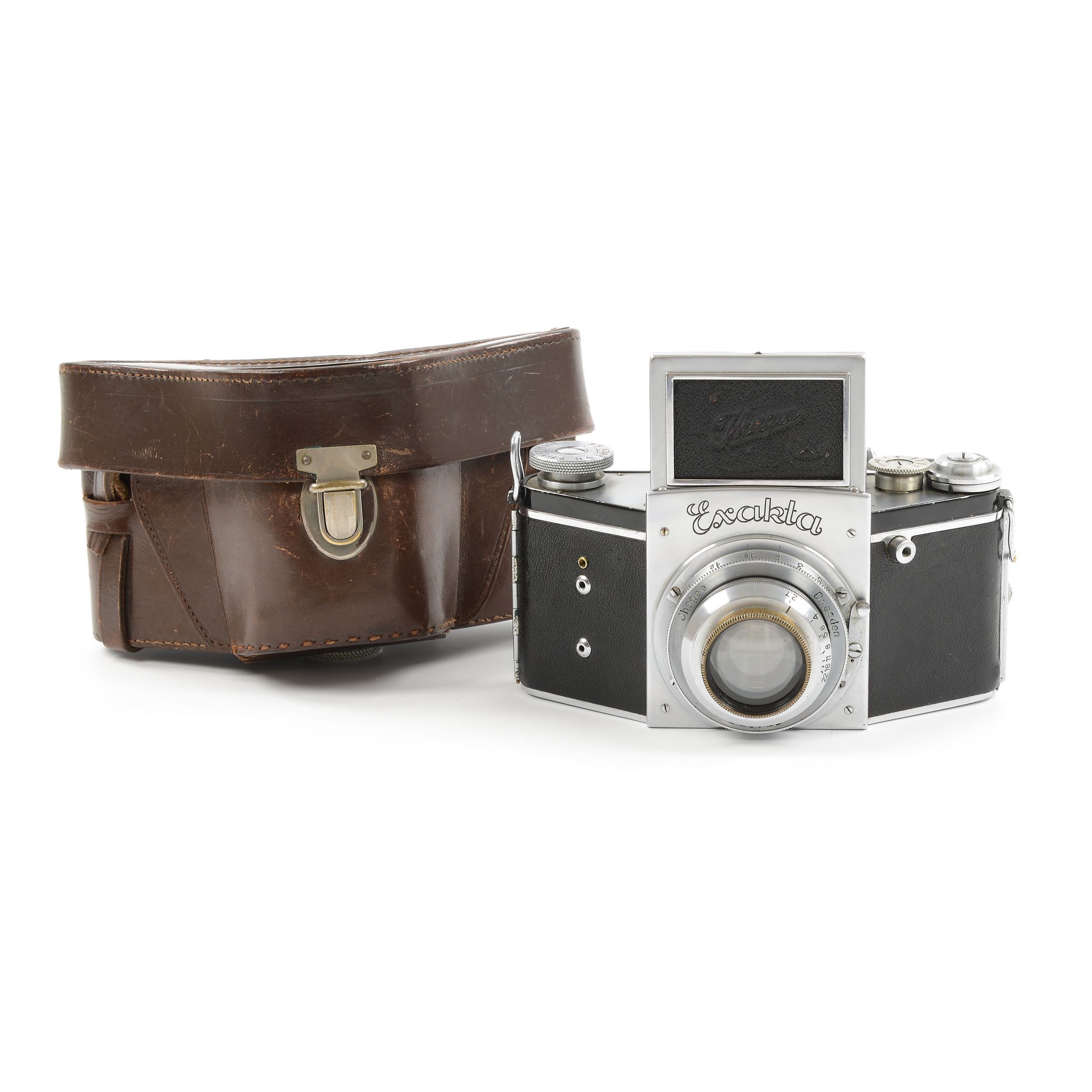
In the 1930s Meyer-Optik already had a wide range of high-quality interchangeable lenses. Another important step was the delivery of OEM-lenses for camera manufacturers - such as the Exakta from Ihagee. Rudolph, the famous Plasmat lenses were developed and the Kino-Plasmat was the world's fastest lens at the time. Paul Rudolph, who had previously been involved in some of Carl Zeiss Jena's most important lens developments (Protar, Planar, Tessar), should be emphasized here. The company expanded further by taking over the "Optische Anstalt Schulze und Billerbeck" - manufacturer of the then well-known Euryplan lenses.īetween 19, important foundations for further growth were laid. Successful developments such as the Aristostigmat, a 6-lens Anastigmat, the wide-angle-Aristostigmat and the first projection lenses quickly increased Meyer-Optik's name recognition. In the first 20 years, Meyer-Optik quickly become known as a lens manufacturer. In 1896 the optician Hugo Meyer, together with the merchant Heinrich Schätze, founded the "Optisch-Mechanische Industrie-Anstalt Hugo Meyer & Co." in Görlitz. Nevertheless, the approach is identical today as it was then - to manufacture high-quality, innovative and yet affordable lenses in Germany. In the long history, various external circumstances have shaped the path of the lens manufacturers from Görlitz and have usually not made it easier. The unique visual language offered by Meyer-Optik lenses enables photographers to stand out from the crowd in times of smartphone photos and pixel battles by large manufacturers. In the now more than 120 years of company history Meyer-Optik was able to inspire many photographers for its products and to win a worldwide large fan community. Founded in 1896, the Görlitz-based company was able to offer innovative, high-quality lenses at a very early stage and to continue this tradition even in a divided Germany for many years. The procedure automatically adjusts the rangefinder for the focal lengthīrought to you by Speed Graphic FAQ.Meyer-Optik looks back on an eventful history. Check the lateral adjustment at infinity before doing the rest of the.Check in middle distances for coincidence.Two adjustments until there is no further change. The camera on a target at infinity and adjust the upper screw for With the camera set at 36 inches adjust the lower adjustment for.

There is a lateral coincidence adjustment on the side of the Through which the adjustments can be reached. To remove the screws, just loosen them and the label will swing away

Set the eccentric on the camera bed, on which the actuating lever rides.Focus the lens manually on a target at least one half mile away and set the infinity stops at this position.Generally Speed Graphics are set up with the lens infinity stops set with the bed extended about 1/16 inch from it maximum rearward position. First check the infinity setting for the lens.To set up the rangefinder, use the follwoing procedure: With two small screws, one at the top and one at the bottom. The mirrors can be accessed for cleaning by removing the windows. They shouldīe cleaned with a suitable degreasing solvent like lighter fluid (Ronsonol) and The cover plate on the camera side is held in place by a single center There is a torsion spring associated with the actuating arm, be careful no to loose it and note its position.

Removing it requires removing the actuating arm from the shaft and removing the four screws holding the rangefinder body to the camera. If the rangefinder is sticky it should be removed from the camera and the cam surfaces cleaned. These rangefinders can be identified by their oblong windows, Kalart rangefinders all have round windows. Offered as an alternative to the more common Kalart rangefinder on both civilian andmilitary models. The Hugo Meyer rangefinder is found on many Speed Graphics. Adjusting Hugo Meyer Rangefinders Adjusting Hugo Meyer Rangefinders


 0 kommentar(er)
0 kommentar(er)
